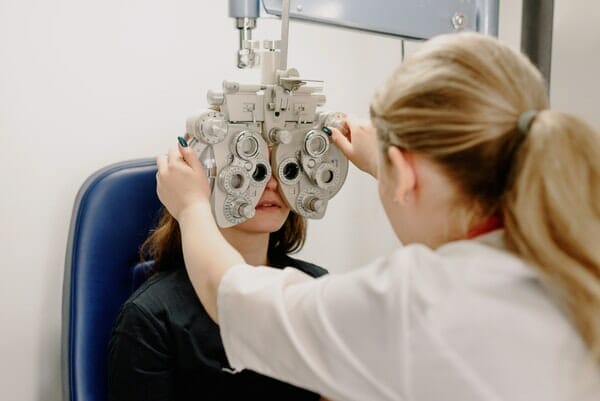While Restasis is an effective treatment for many people with dry eye disease, there are other options that may be more suitable or provide better results depending on individual needs. Cequa, as discussed earlier, is another cyclosporine-based eye drop with a unique formulation that may offer faster relief and improved results for some patients. Additionally, there are alternative treatments such as artificial tears, punctal plugs, heating and expression of glands, Scleral lenses, and prescription medications like Xiidra, which have been shown to effectively manage dry eye symptoms. The best approach to finding a suitable treatment for your dry eye condition is to consult with your eye care professional. During a dry eye evaluation they can assess your specific situation and recommend the most appropriate treatment options.















